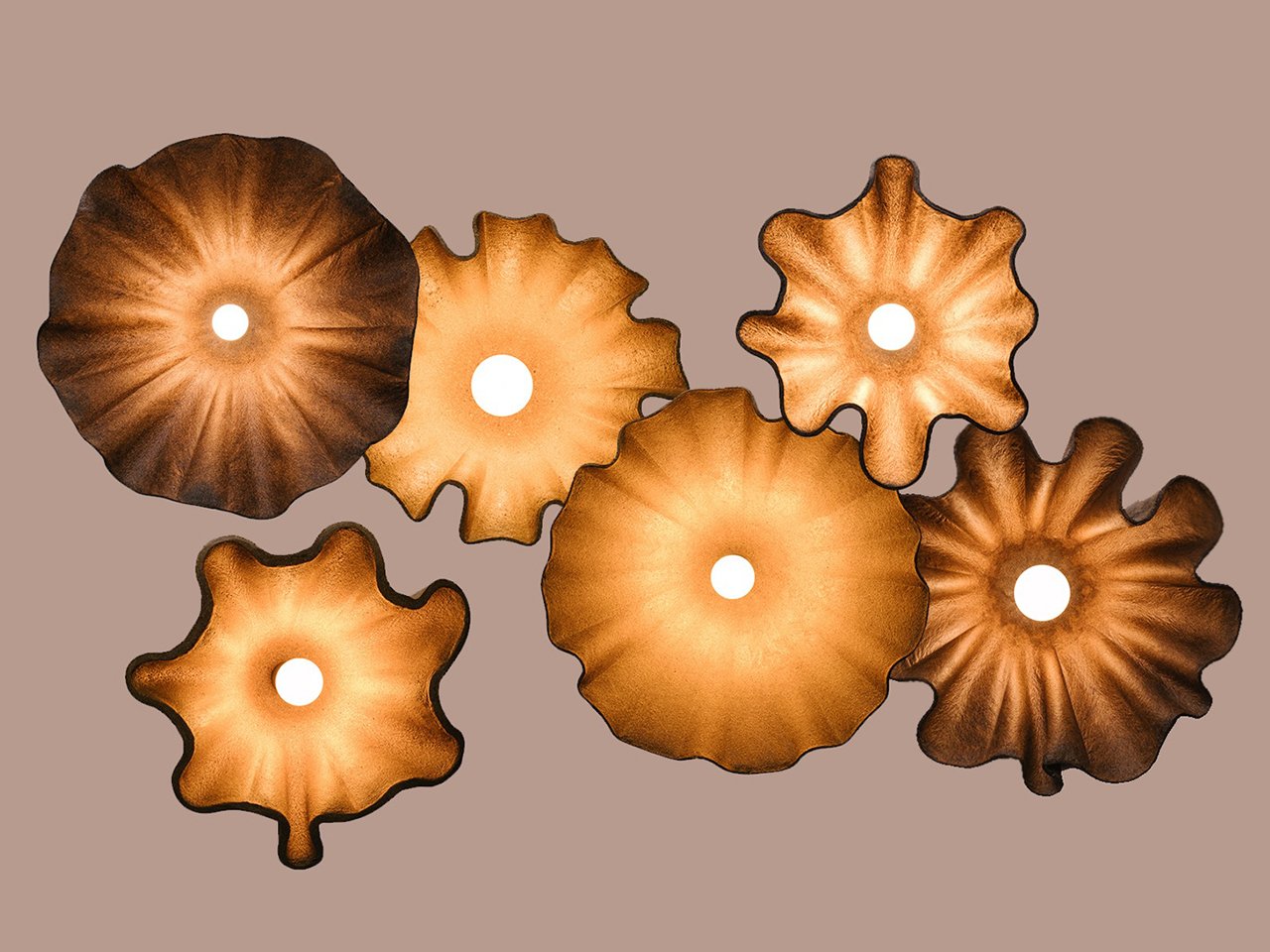
As energy efficiency and environmental responsibility are becoming more important, the sustainable lighting design for its positive effects on energy efficiency and personal well -being increases in popularity. Through the combination of innovative technologies with environmentally conscious materials, sustainable lighting solutions offer significant advantages, including reducing energy consumption and reducing carbon emissions as well as the promotion of human health and well -being.
Studies show that the widespread introduction of LED technology could reduce carbon emissions by 1.4 billion tons by 2030, which contributes significantly to the net zero emissions by 2050 by 2050. In addition, lighting controls such as dimming, planning and occupancy sensors further optimize energy consumption and reduce waste. Since designers, companies and consumers are looking for more intelligent, greener alternatives, sustainable lighting creates an important element of modern design. The most important drivers that are behind the growth of sustainable lighting design include:
1. Energy -efficient
Energy efficiency is one of the most important advantages of sustainable lighting. Options such as LED lights consume significantly less energy than conventional light bulbs or fluorescent lamps, which leads to lower electricity costs and a significant reduction in carbon emissions. In addition, the integration of intelligent lighting technology has further improved energy savings without affecting aesthetics.
Advanced lighting controls enable users to adapt the brightness levels, plan the lighting and even automate the answers to natural lighting conditions. This minimizes unnecessary energy consumption by improving comfort and creating an inviting ambience.
https://www.youtube.com/watch?v=QFBMMMR2NL6K
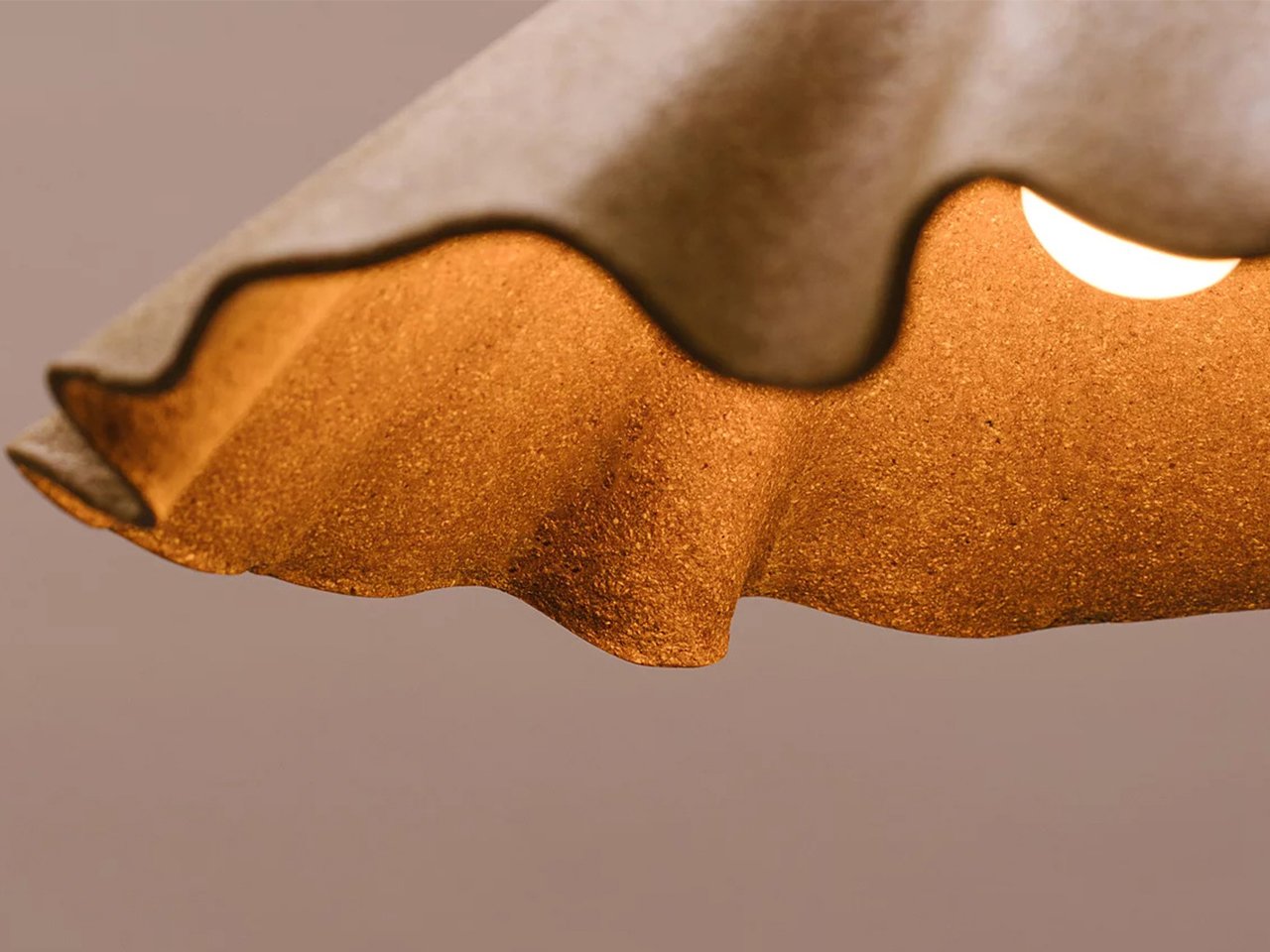

Obscure is a collection of handmade lampshades that illustrate sustainable innovations through material design. Each piece was created by the Biotech startup biohm based in London and is made from Orb, a biocompound made of coffee sprout, orange peel and a binder on a vegetable basis. The cooperation between the manufacturer and the material leads to organic, sculptural forms that have 100% sustainable, cold -compostable and zero waste. Obscure reflects a deep respect for nature's intelligence and shows how natural by -products can be converted into powerful, aesthetically sophisticated lighting solutions.


Biohm's approach integrates biomimetic principles and systematically uses ecological laws to revolutionize the manufacturing processes. Apart from the reduction of plastics, the company deals with broader challenges such as the climate crisis, waste reduction and social justice. The founder Ehab Sayed Advocates for radicals, regenerative biotechnologies and fair business models to create sensible changes.
2. reduces the environmental impacts
Sustainable lighting design receive natural resources and reduces the CO2 footprints by included recycled materials, minimizing waste and using energy-efficient manufacturing techniques. It promotes a circular economy by designing a simple disassembly in addition to recycling, optimizing the use of resources and reducing waste.
The selection of materials is of crucial importance for ecological design, with recycled or environmentally friendly materials significantly reduce the ecological effects. In addition, limiting the use of toxic substances during production plays a crucial role in reducing environmental damage.


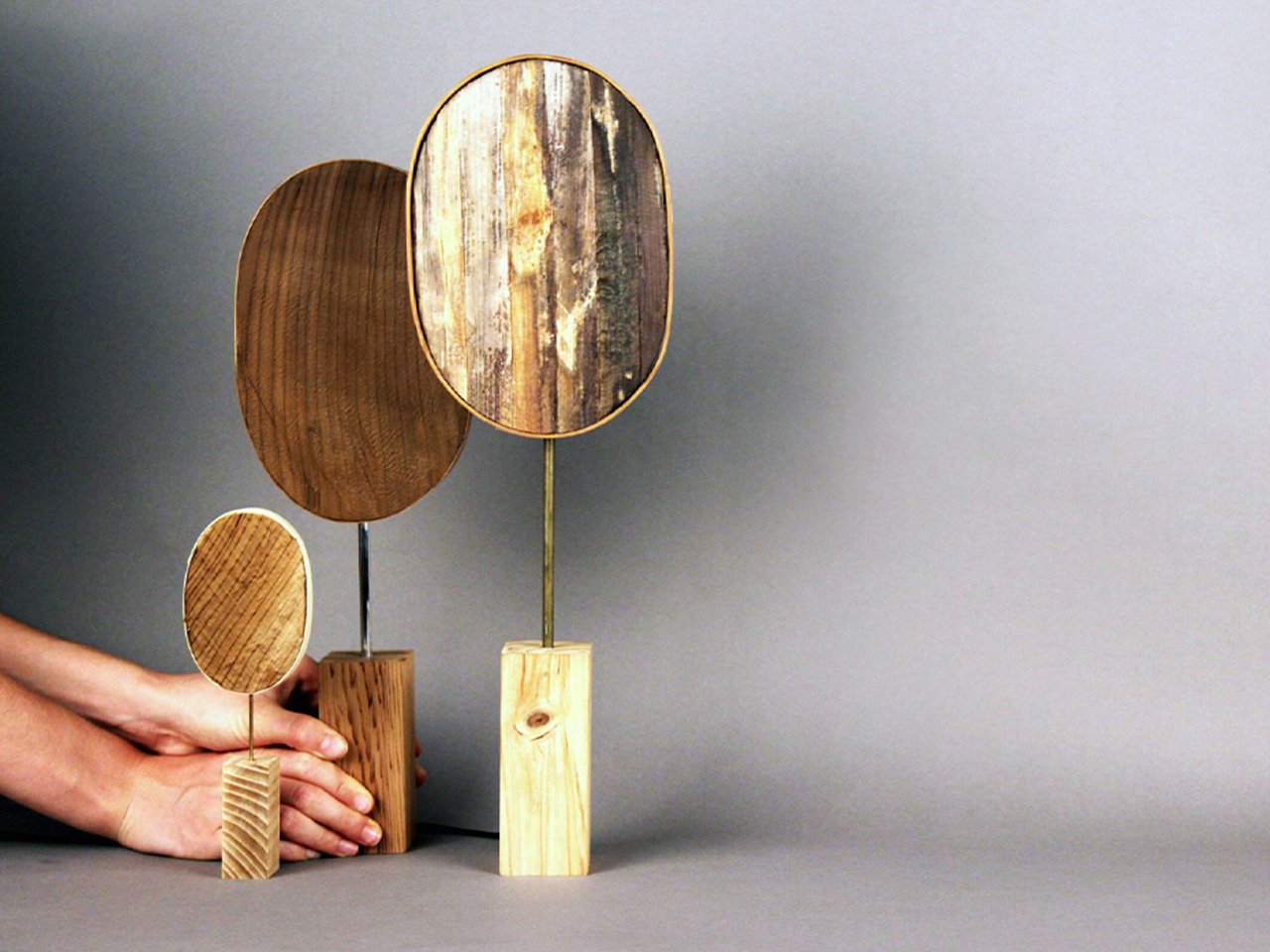

Nuclée is a sustainable lamp made from thrown away banana fibers designed by Cordélia Faure and Dorian Etienne by Ensci Les Ateliers. The minimalist design has a bamboo circle that highlights the environmentally friendly material with natural color variations of the banana fibers from white to dark brown. Usually, the traditional extraction process was discarded and the fibers were stabilized with pressure and heat by innovative sophistication techniques, which suitable for lighting design. The shape of the lamp is inspired by the inner structure of the banana trunk, with curved bamboo elements improve the design.
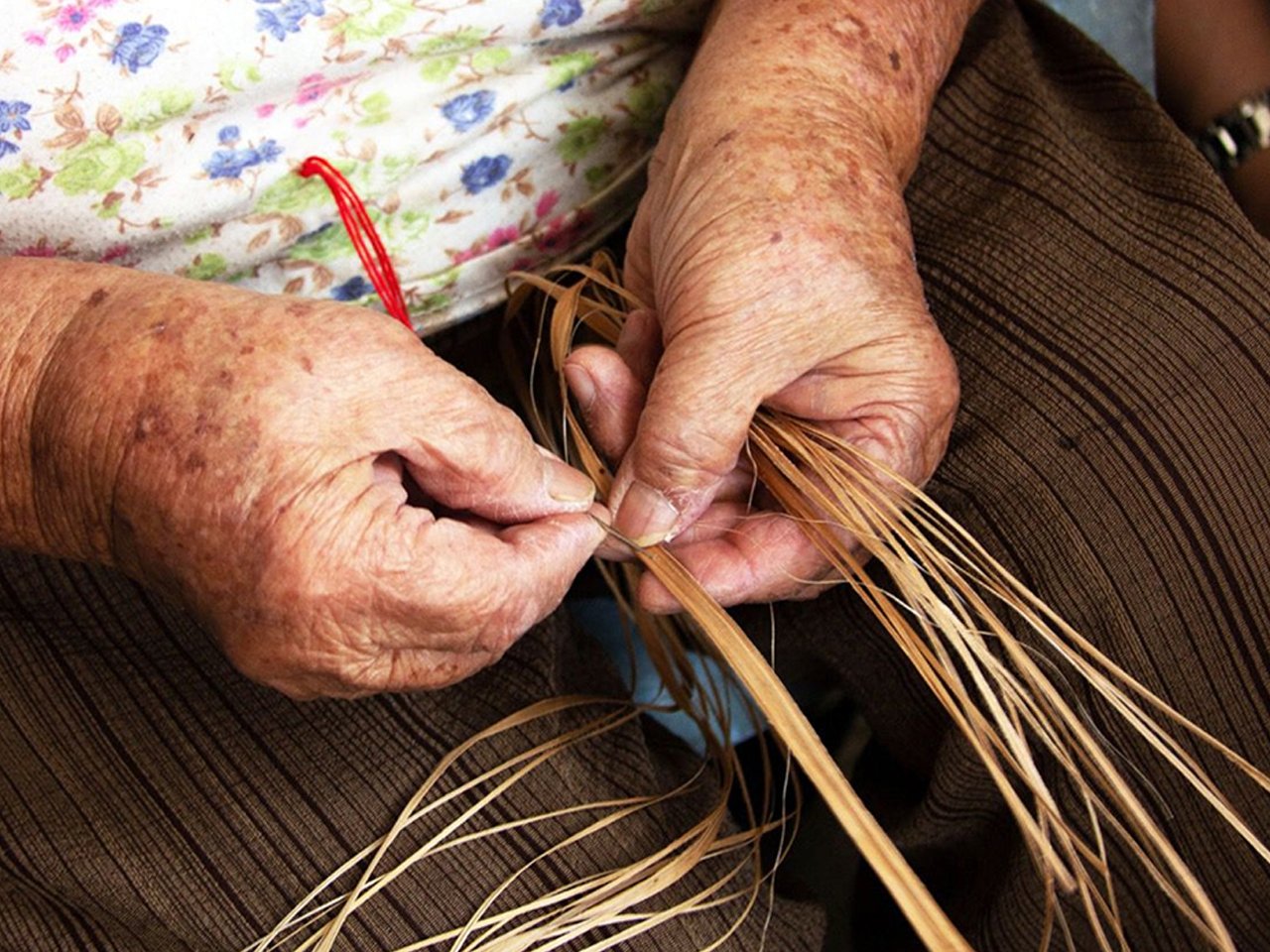

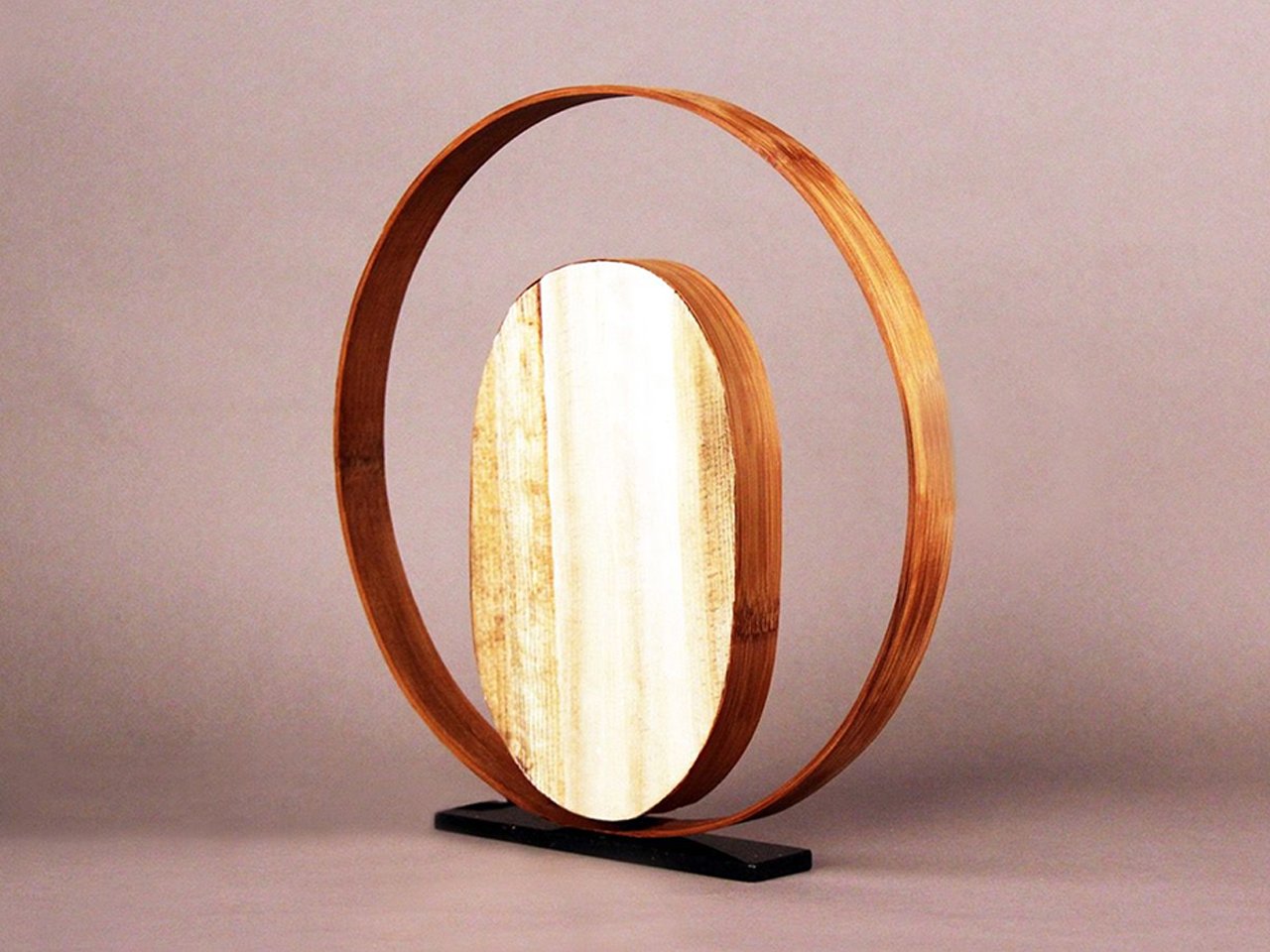

From the traditional use of banana fibers by the Kavalan Aboriginal stem for clothing, the designers used ancient techniques to create a modern, durable lamp. Strict tests for warmth, air humidity and pressure ensure the reliability and durability of the lamp and prove that sustainable designs can be functional and aesthetically convincing.
3. Promotes well -being
Sustainable, human -centered lighting design prioritizes well -being by replicating the natural daylight and reducing harmful emissions of the blue light. This approach improves comfort and productivity taking into account the effects of light on circadian rhythms and mental health. Advances in technology make lighting systems more customizable and offer greater control to create ideal environments for health and well -being.
Note that blue light, which is often perceived as harmful, regulate sleep patterns, improve the mood and promote cognitive function if it is adequately used, which makes it advantageous to create focused and energetic rooms.
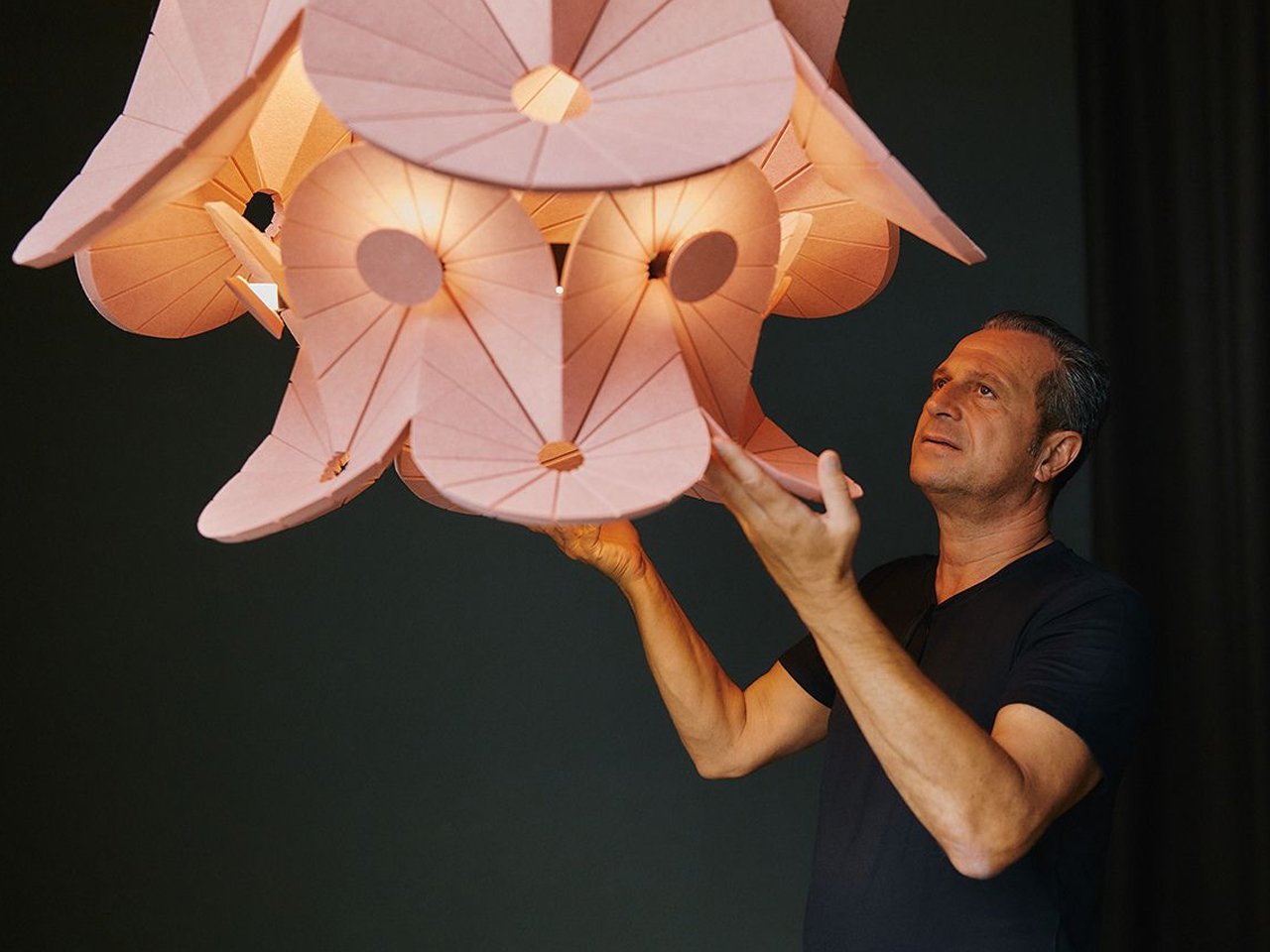

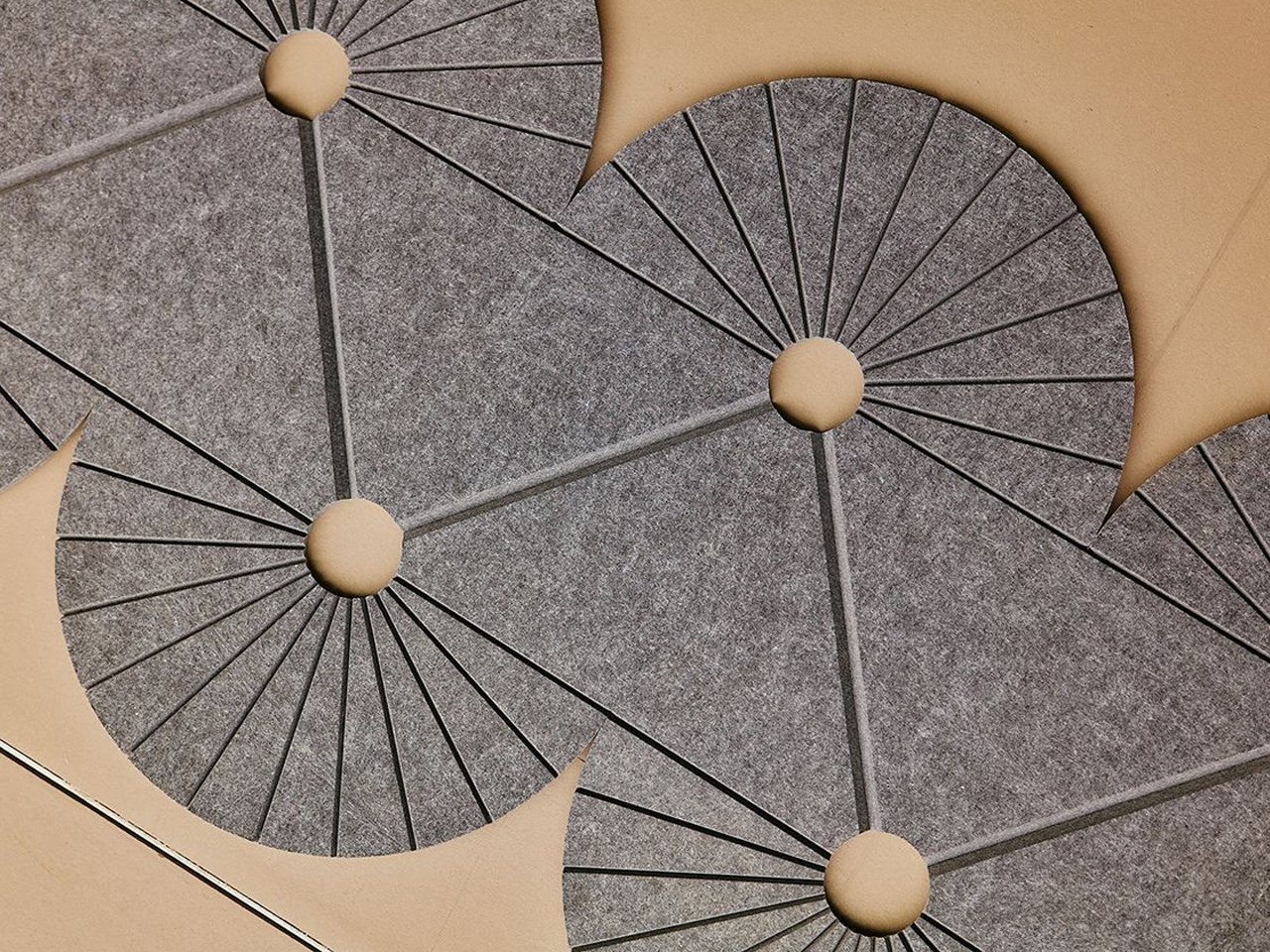

Oloïd is an innovative acoustic lamp, which was developed through a collaboration between Impact Acoustic and the Design Studio Atelier Oï. Oloïd combines the functionality with artistic expression and changes the interaction between light and sound within a room. The lights are made of archinery felt, a high-performance material made of recycled PET bottles. By using precise cutting and folding techniques, the traditionally flat acoustic panels in sculptural, three-dimensional forms are redesigned, creating a dynamic and urgent presence.
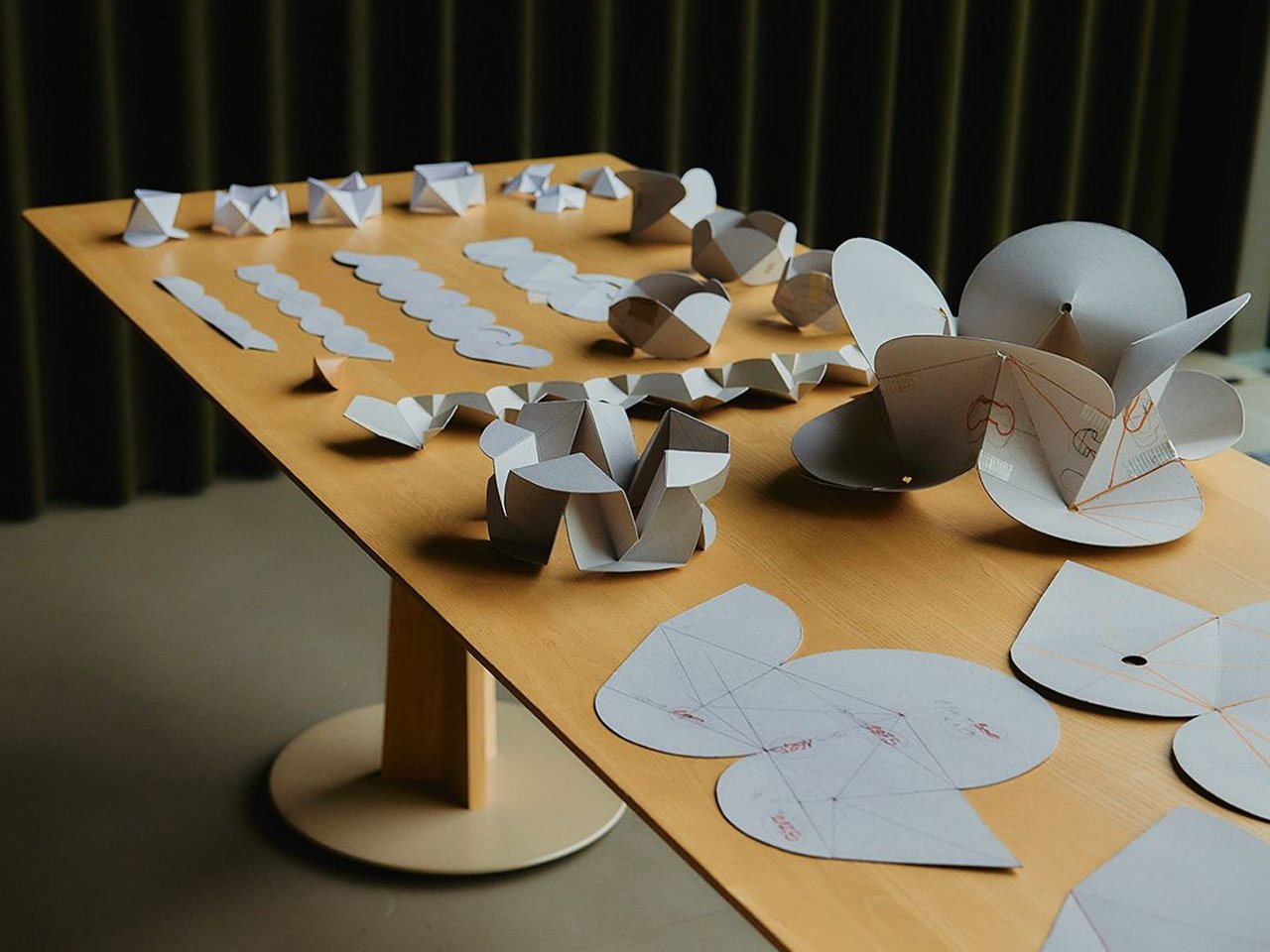

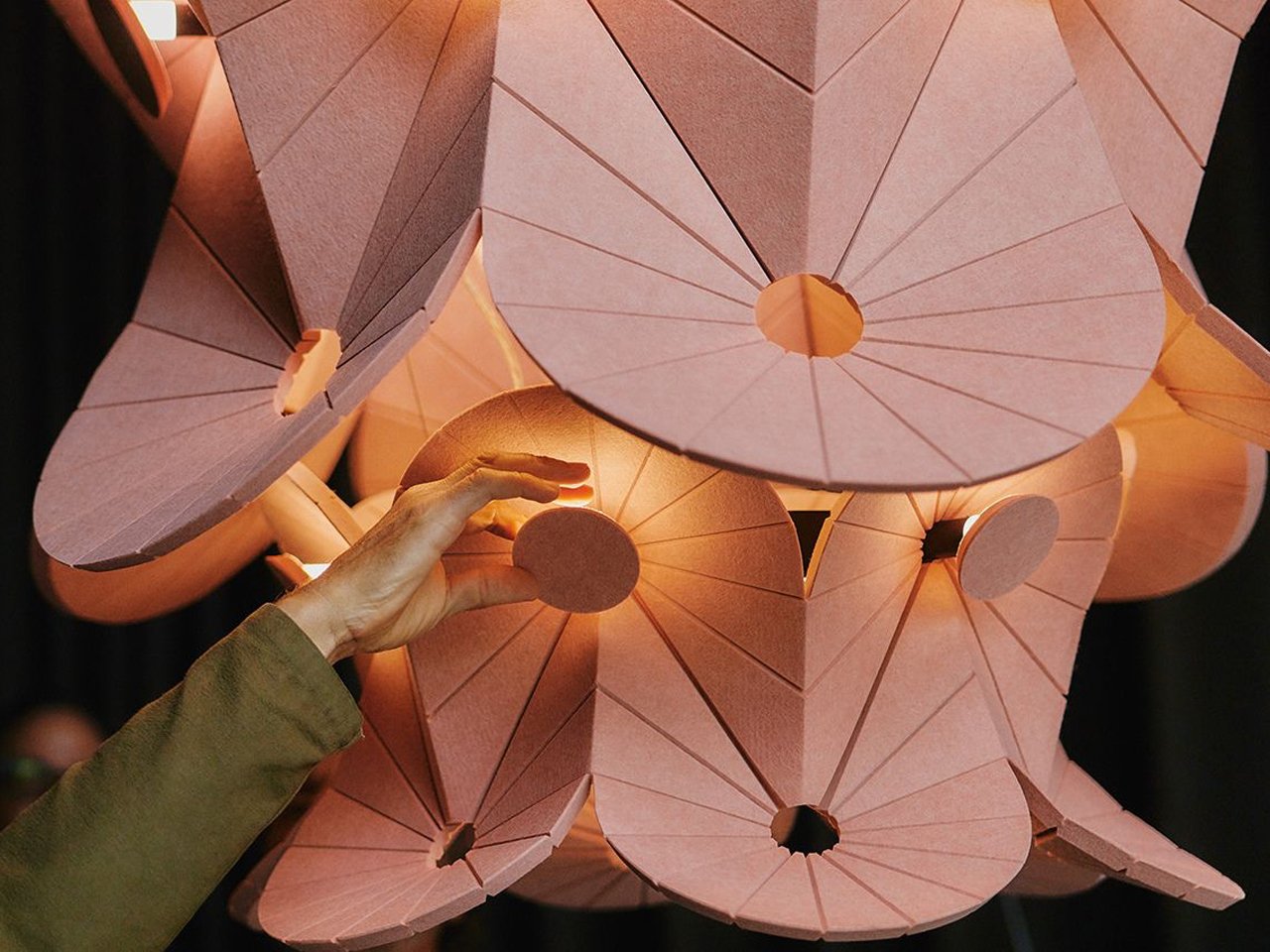

Oloïd is available in a curated range with 32 colors and enables comprehensive adaptation to different inner environments. The design can be inspired and improved by the organic properties of the material both the aesthetic value and acoustic performance. Oloïd is a sophisticated example of sustainable innovation and offers a sophisticated solution that harmonizes ecological responsibility with increased spatial design.
4. Cost efficient
While the initial costs for sustainable lighting solutions can be higher, their extended lifespan and reduced maintenance requirements lead to considerable long -term savings. LED (light diode) light bulbs that are known for their energy efficiency offer the greatest reduction in electricity costs.
Although the price of light bulbs has increased, the long -term financial advantages make you an increasingly cheaper choice. LEDs take much longer than light bulbs, permanent years instead of months, which means that less replacement is required. They also consume less energy, which reduces the electricity invoices and save them money over time.
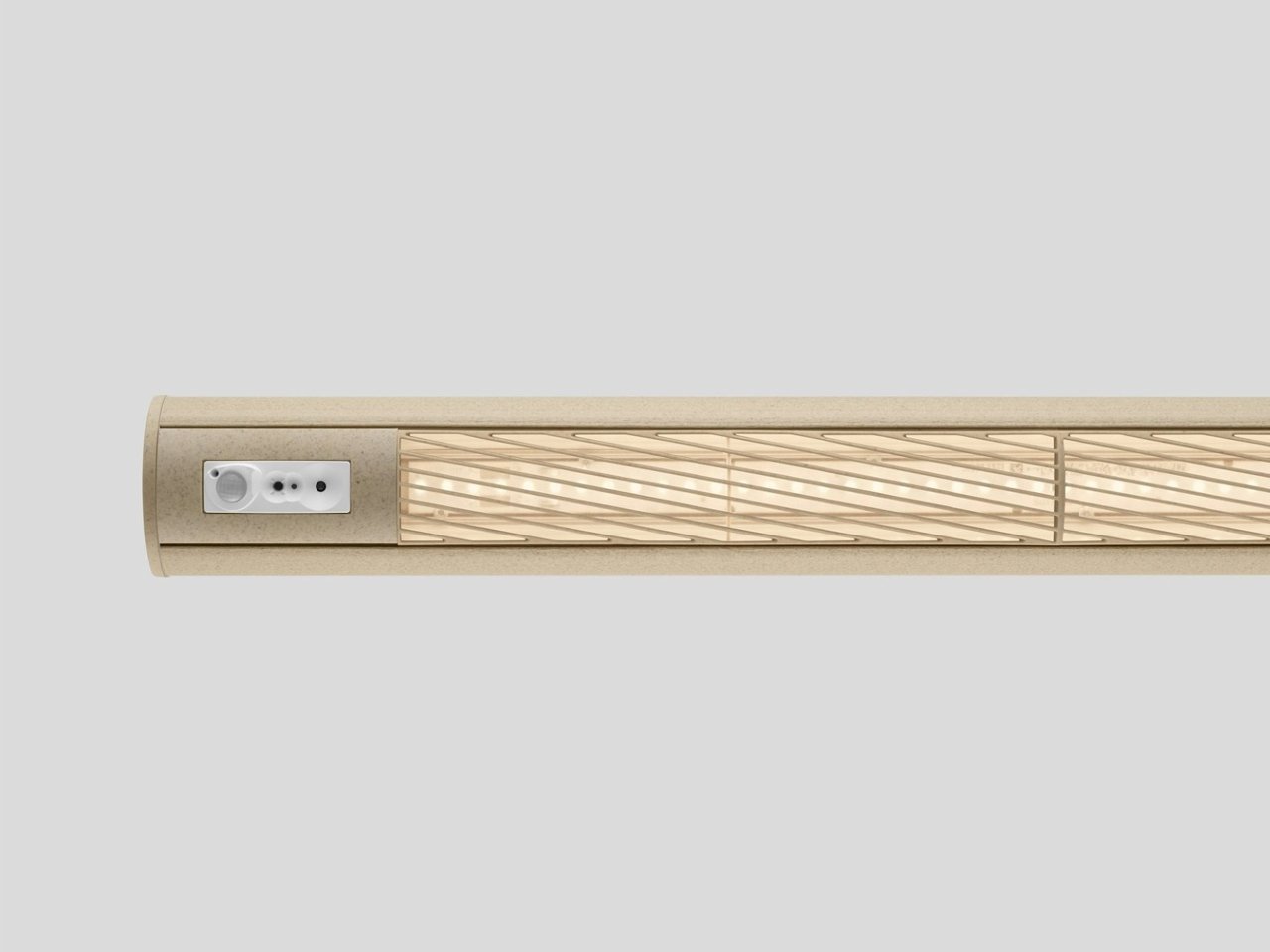



The Norwegian studio Snøhetta and the light brand Ateljé Lyktan have introduced Superdupertube, a sustainable development of the supertube lamp of the 1970s. Created from a composite from Dutch hemp fibers and pla-bioplasty derived from sugar cane, the design reflects a obligation to regenerative materials and low environmental effects. Hemp was selected because of its strength, its low CO2 footprint and its growth ability without exhausting the floor. The main body of the lamp is extruded, while in the injection mode and side covers complete their organic shape and offer natural aesthetics and extraordinary durability.
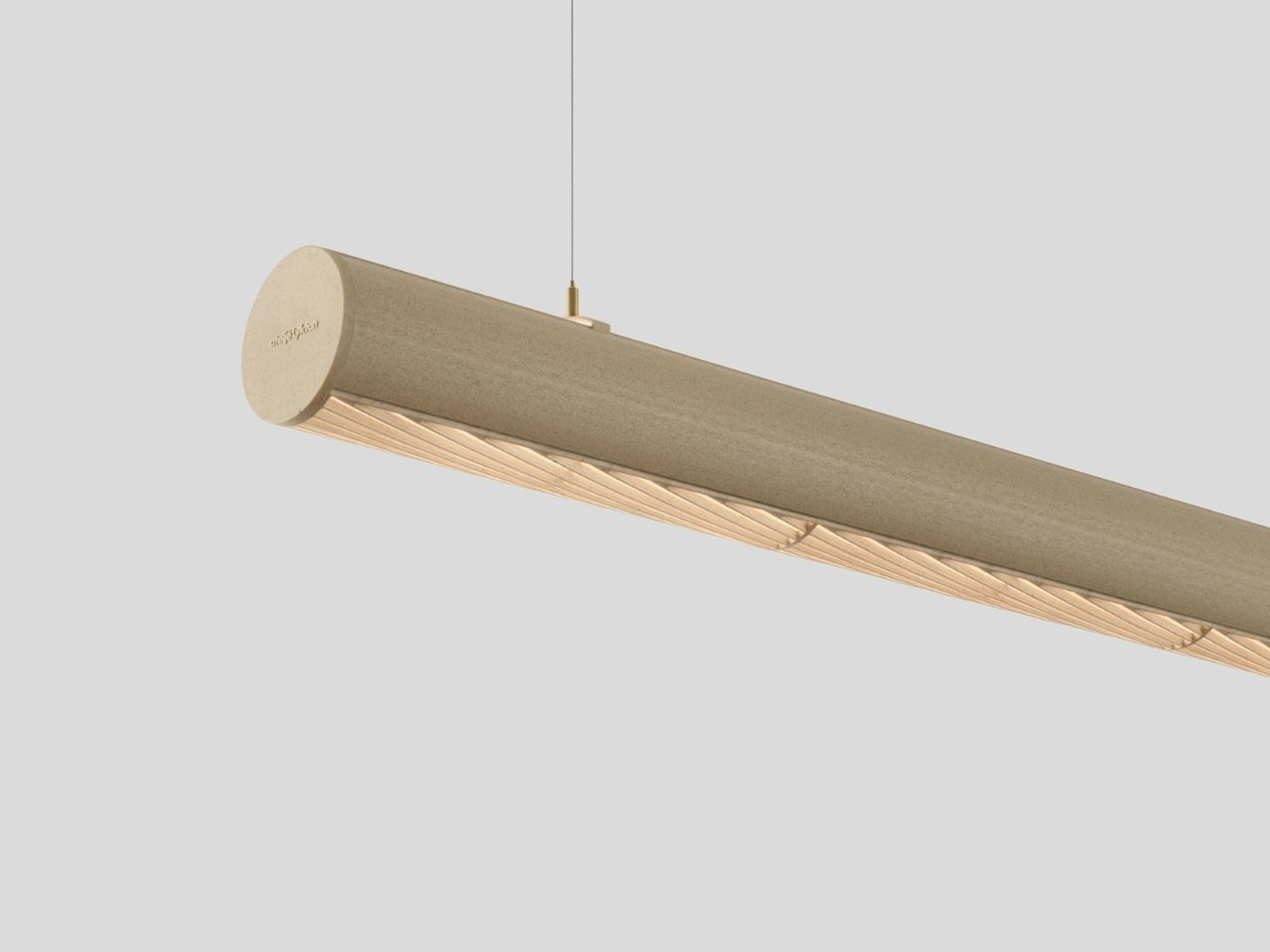



Superdupertube contains intelligent, dimmable LED strips to improve energy efficiency and extend its lifespan. Electric cables and the warm light tones of the lamp contribute to its environmentally conscious attraction. It was developed for simple assembly and disassembly without glue and minimal screws and supports recycling and future upgrades. Each lamp is unique in texture and color and shows how sustainable innovations can merge craftsmanship, functionality and environmental responsibility.
5. Aesthetic attraction
Sustainable lighting design combines the functionality seamlessly with visual elegance. Through flexibility in color temperature, intensity and intelligent control systems, designers can create a wide range of moods and atmospheres without affecting energy efficiency. In addition to the technical performance, today's consumers increasingly appreciate ethical procurement, transparency and responsible production.
Sustainable lighting corresponds to these priorities by containing unique, handmade pieces that have a deeper meaning and emotional response. These designs not only improve the aesthetic attraction of rooms, but also embody a conscious choice, which reflects the growing desire for products that combine beauty, innovation and environmental responsibility.
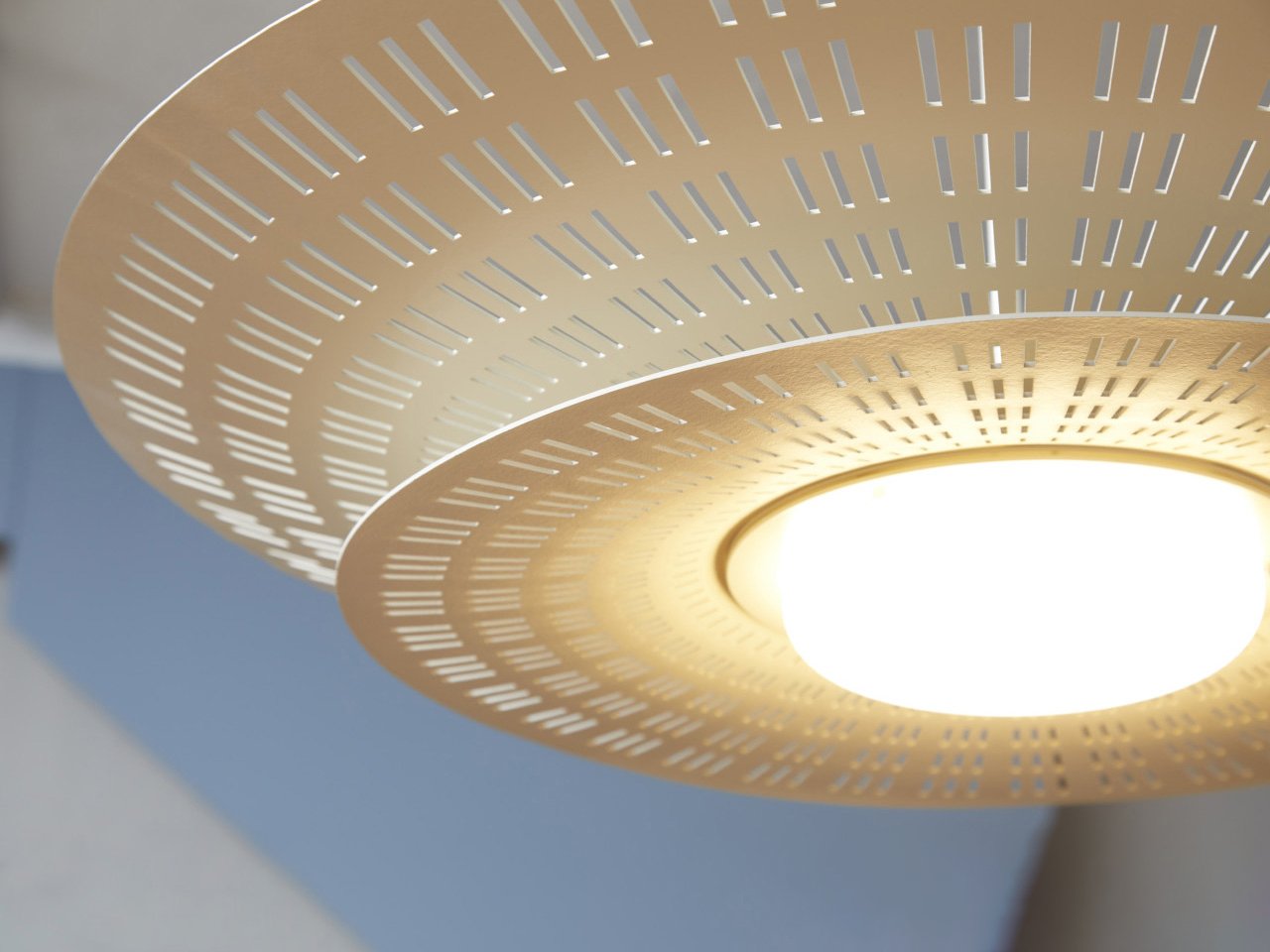

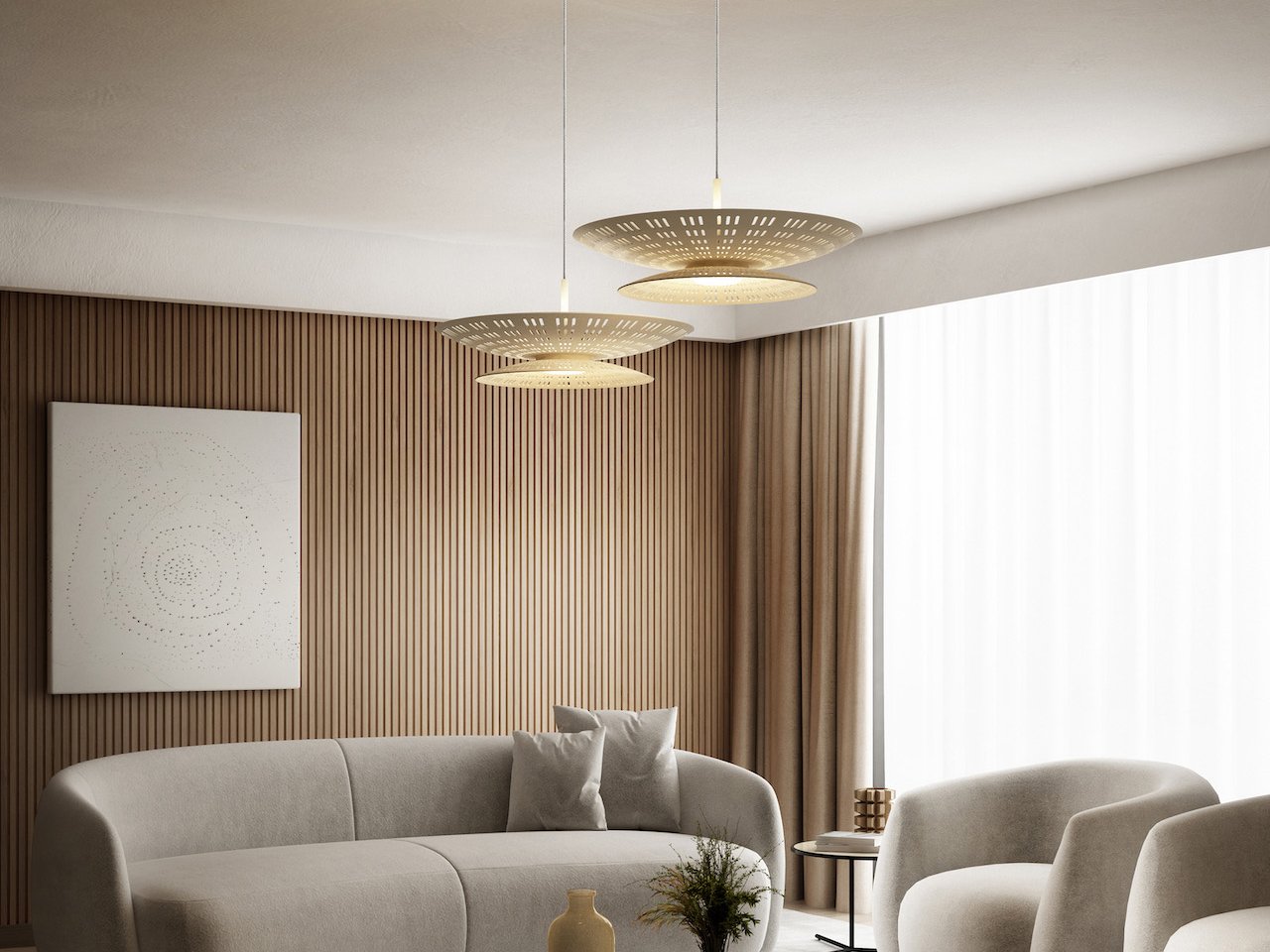

The air light, which was designed by Contardi Lighting in collaboration with Adam Tihany, is a perfect mix of aesthetic attraction and sustainable design. This 100% recyclable suspension lamp has a dual lampshade design that creates a warm, inviting atmosphere with laser-distorted cuts that play with light and shadow.
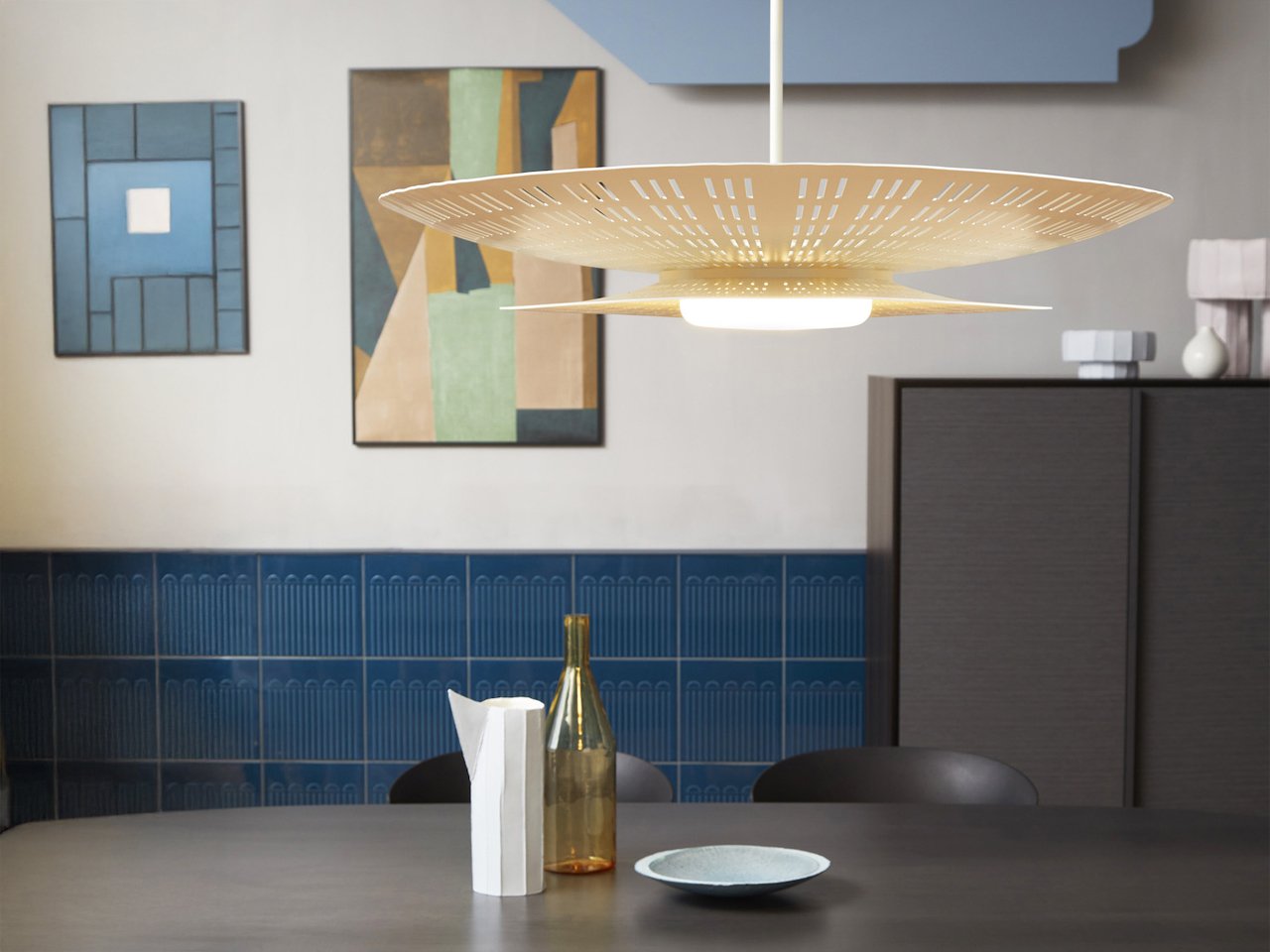

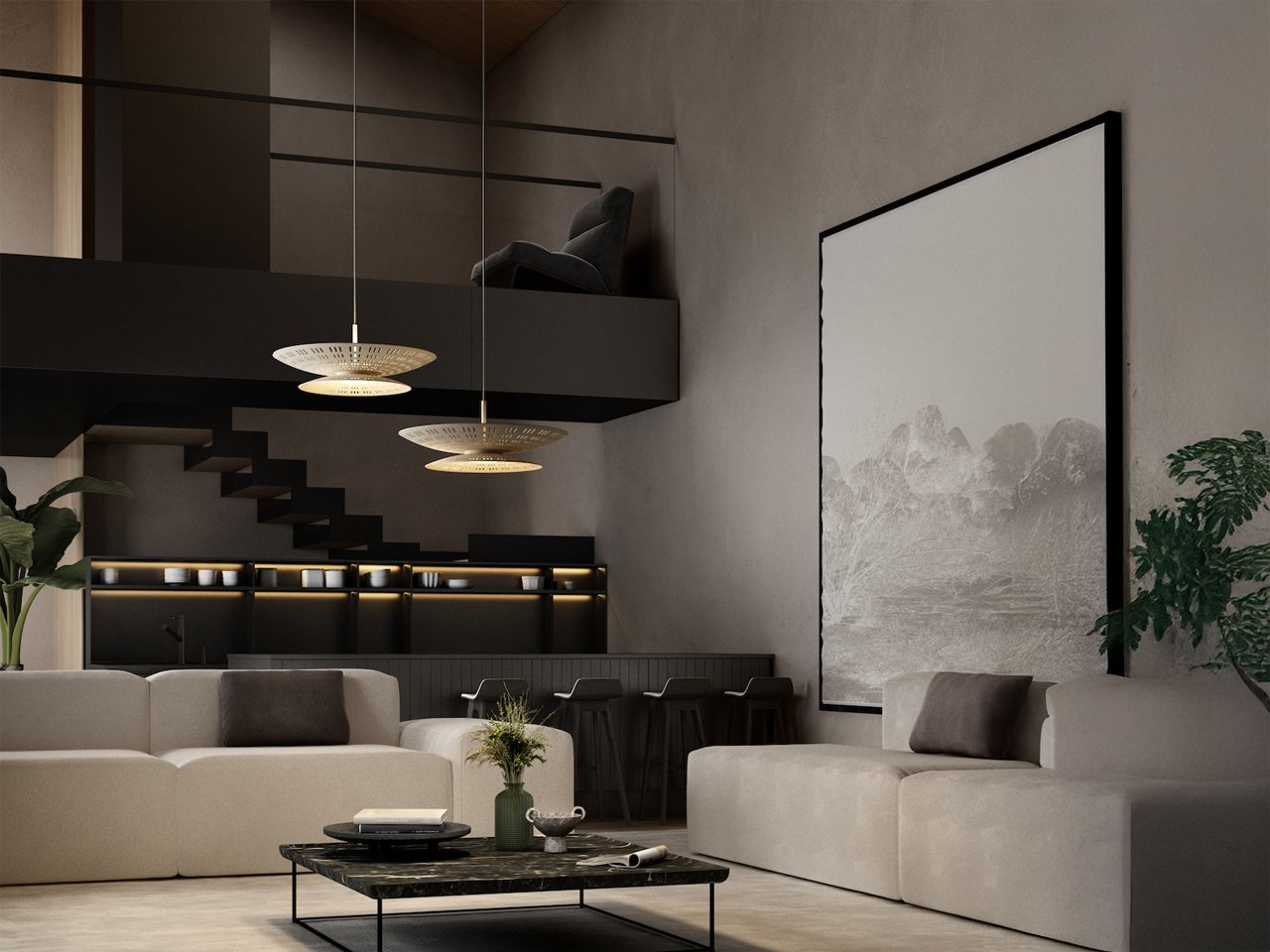

The lamp is made of green cast, an acrylic material made from recycled industrial waste and products at the end of life, which also maintains its mechanical, thermal and aesthetic properties after several recycling cycles. In order to further reduce the environmental impact, the cream -colored surface of the lamp is used during production, which eliminates the need for painting. The sculptural, essential design of the air light gives the impression of floating LED lights that have a soft, cozy glow both up and down and create a peaceful atmosphere.
Therefore, the future of sustainable lighting lies in innovative materials, energy -efficient technologies and a commitment to craftsmanship. The shift towards sustainable luxury continues, with the efforts to achieve carbon neutrality, the promotion of responsible material procurement and the introduction of the circular design. This creates lighting that not only improves the rooms, but also respects the planet.